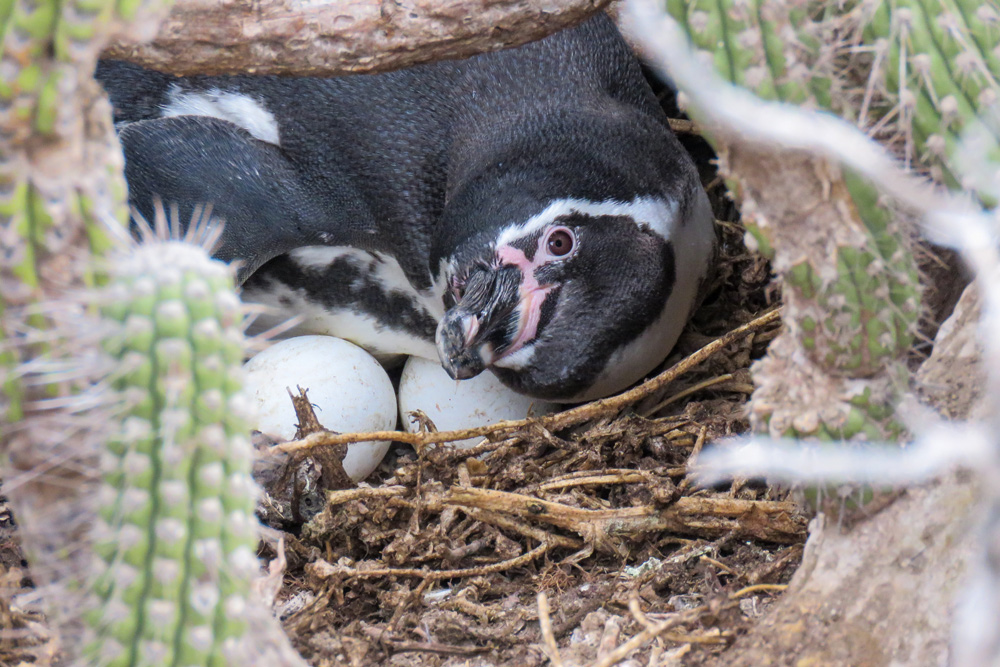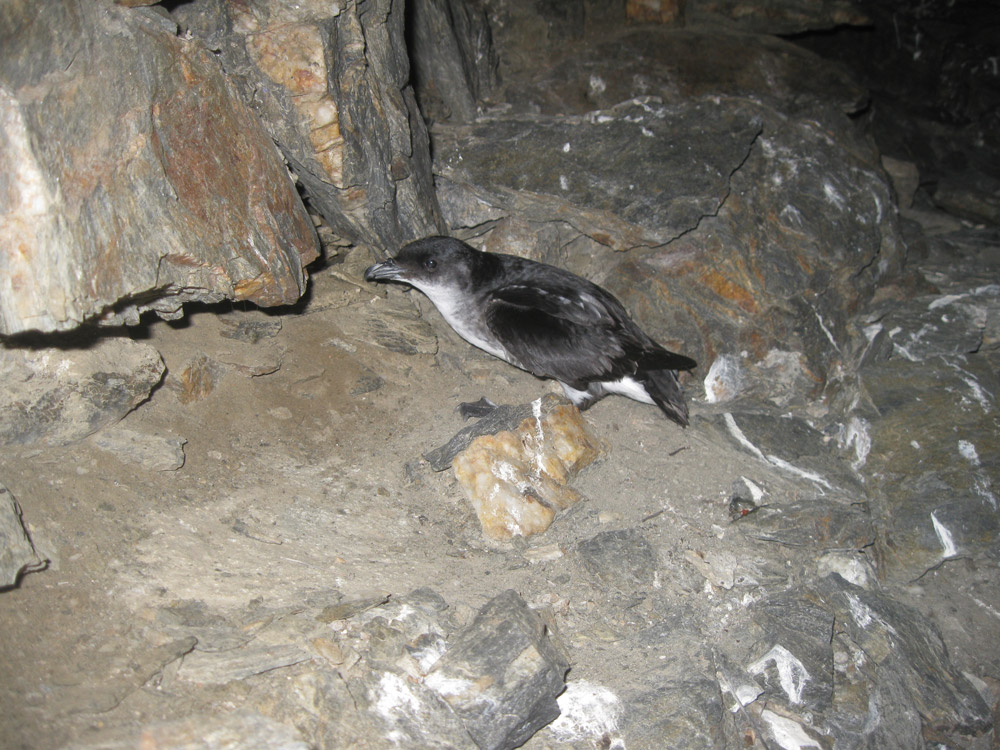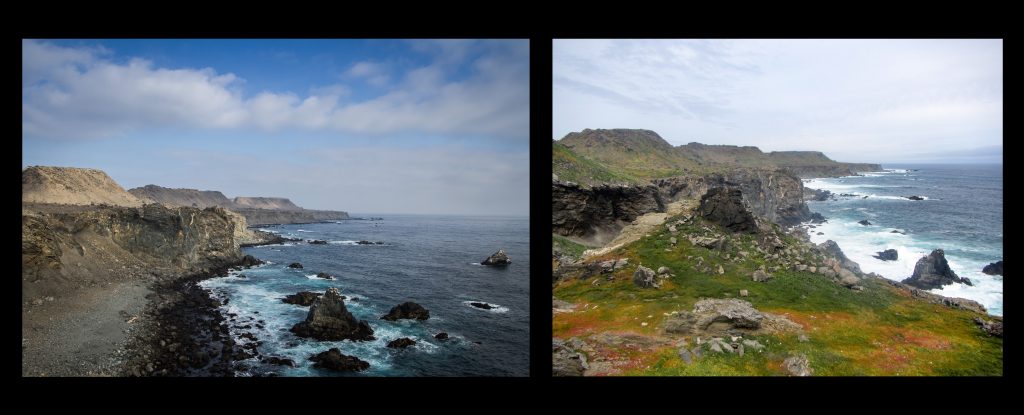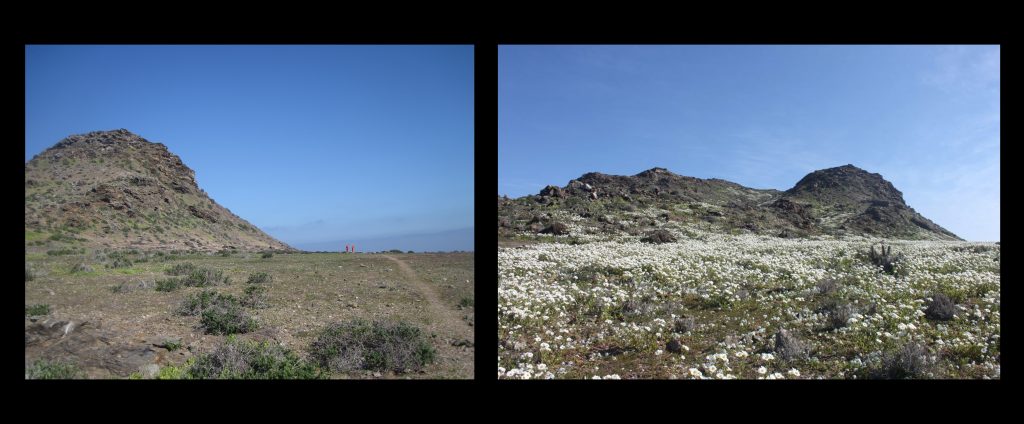December 4, 2024
The Ebiil Society: Champions of Palau
Ann Singeo, founder of our partner organization the Ebiil Society, shares her vision for a thriving Palau and a flourishing world of indigenous science!
We use cookies to help you navigate efficiently and perform certain functions. You will find detailed information about all cookies under each consent category below.
The cookies that are categorized as "Necessary" are stored on your browser as they are essential for enabling the basic functionalities of the site. ...
Necessary cookies are required to enable the basic features of this site, such as providing secure log-in or adjusting your consent preferences. These cookies do not store any personally identifiable data.
Functional cookies help perform certain functionalities like sharing the content of the website on social media platforms, collecting feedback, and other third-party features.
Analytical cookies are used to understand how visitors interact with the website. These cookies help provide information on metrics such as the number of visitors, bounce rate, traffic source, etc.
Performance cookies are used to understand and analyze the key performance indexes of the website which helps in delivering a better user experience for the visitors.
Advertisement cookies are used to provide visitors with customized advertisements based on the pages you visited previously and to analyze the effectiveness of the ad campaigns.
Our new online shop is live!

Islands are well known for their vibrant, unique native plants and wildlife. Unfortunately, many island ecosystems around the world are unraveling due to the presence of invasive species. Invasive species prey on native wildlife, decimate native vegetation, and outcompete the island’s native species. In only a matter of years, an island ecosystem can change dramatically, and the risk of extinction for native species heightens the longer invasive species persist.
Conservation intervention can turn the tide and help island ecosystems return to health. Removing invasive species from islands offers native plants and wildlife a chance to rebound, bringing the ecosystem back into balance. However, these results often take time, and long-term monitoring over the course of five to ten years is often needed to document ecosystem change following restoration action.
Scientists are watching for change on Choros Island, which belongs to the Humboldt Penguin National Reserve, Chile, after invasive rabbits were removed to protect native seabirds and plants. For more than a century, invasive European Rabbits wreaked havoc on this delicate desert island ecosystem. They decimated native vegetation and displaced Endangered Peruvian Diving-petrels by taking over their burrows. The island’s native plant populations were reduced, including numbers of the native cactus that provides shade for nesting Vulnerable Humboldt Penguins and their chicks.

In 2013, Chile’s National Forestry Corporation and Island Conservation joined together to remove the invasive species. After confirming the project success in 2014, conservationists began to monitor the island for changes.
Two years after the project’s completion, the team implemented a post-monitoring plan to scientifically measure ecosystem recovery. Pre-monitoring began in 2009 and monitoring had continued throughout the project. The team is mapping Peruvian Diving-petrel burrows, documenting Humboldt Penguin nesting sites, deploying acoustic recording devices to track seabirds, and recording plant species present along vegetation transects.

In December 2016, the team deployed eight acoustic recorders to capture ambient acoustic activity at three known Peruvian Diving-petrel subcolonies as well as five randomly selected survey points across the island. These seabirds make a lot of noise at their breeding grounds. Analyzing the acoustic recordings form seabird colonies can reveal changes in population size. Scientists will continue to collect data and record the findings over time, and hope to document increased presence of Diving-petrels across the island and increased activity at their known colony sites.
Although measuring ecosystem recovery usually requires years of monitoring following the conservation action, preliminary signs of change are encouraging and gratifying for the conservationists, supporters, and local communities that held out hope for species almost lost to extinction.

Island Conservation Project Manager Madeleine Pott commented, “The results of the restoration on Choros Island were almost immediately evident across the island. We saw fields of seedlings, hillsides covered in the threatened flower Alstroemeria philippii, and Peruvian Diving-petrels looking to nest in burrows that had been taken over by rabbits.”
Island Conservation and partners are looking forward to seeing the results of the restoration project unfold over the next few years.

Featured photo: Before and after the removal of invasive rabbits from Choros Island, Chile (2013-2015). Credit: Island Conservation
Check out other journal entries we think you might be interested in.
Notifications